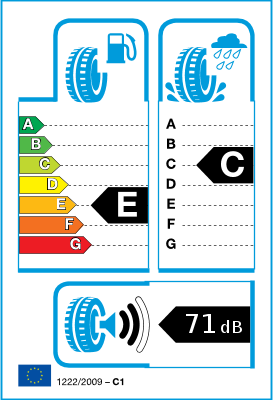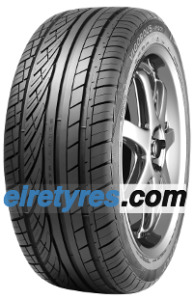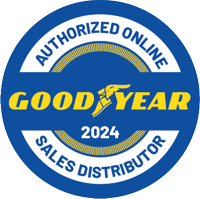HI FLY HP 801 SUV 245/60 R18 105V XL


HI FLY
HP 801 SUV
245/60 R18 105V XL
Add product to compare












